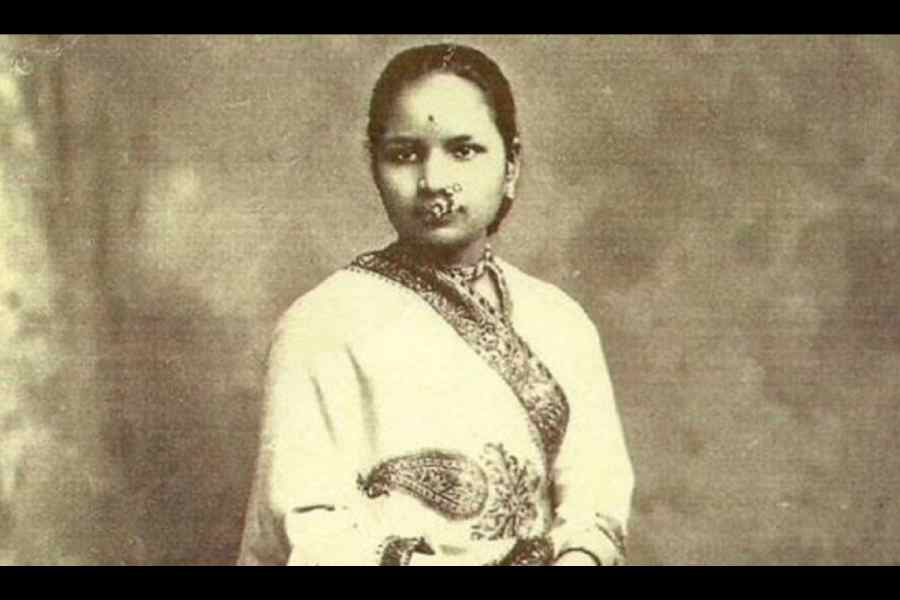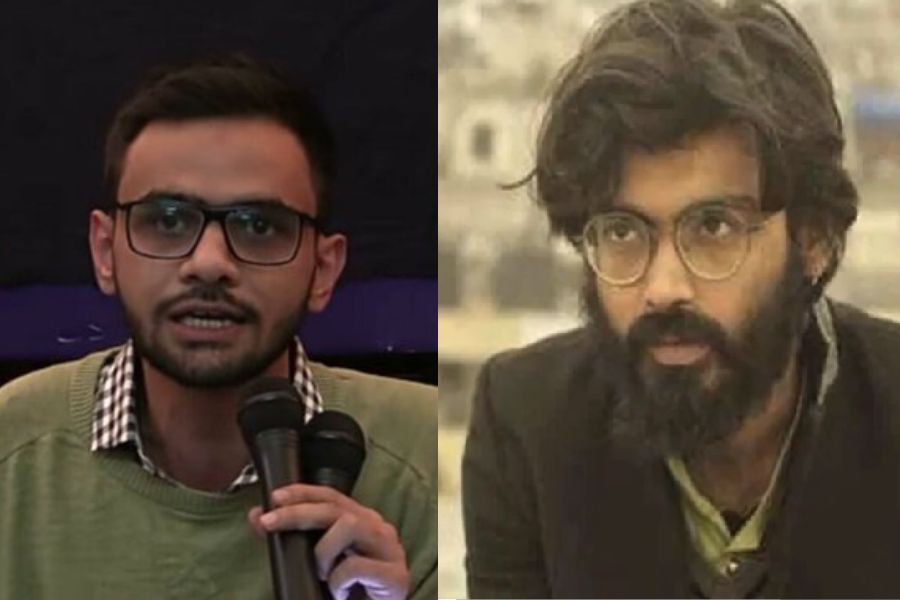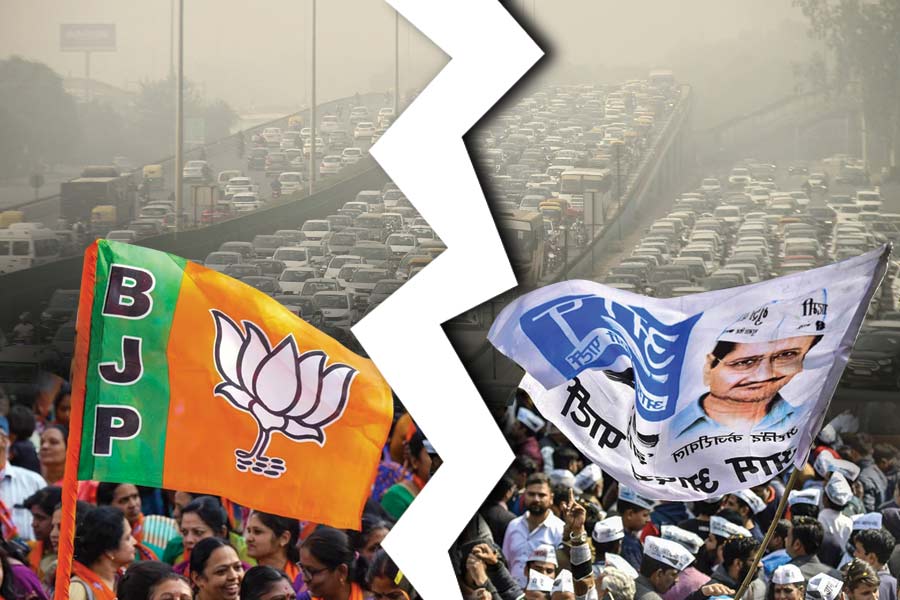RUKHMABAI: THE LIFE AND TIMES OF A CHILD BRIDE TURNED REBEL-DOCTOR
By Sudhir Chandra
Macmillan, Rs 499
The life of Rukhmabai Raut (1864-1955), her transition from a child bride to a Hindu lady, has understandably commanded attention from historians studying social reform and women’s issues in colonial India. And, yet, as Sudhir Chandra points out, she and her life or the cause she fought for were not clearly understood and have been, almost invariably, misrepresented. In his introductory pages, he suggests that even meticulous historians tended to over-simplify her refusal to restore conjugal rights to her husband to idealise her as an embodiment of the woman’s cause when, in fact, her actual life experiences were far more complex and ambiguous. What Chandra hopes to do in his biography is to ask of himself the question, will the real Rukhmabai stand? To some extent, she does come alive in the pages that follow as Chandra reconstructs her life on the basis of fragmentary sources and discovers in her struggle elements of profound radicalism that were neither understood by her countrymen nor by the colonisers.
The book is not an easy read; it takes a lot for granted, especially the terms of the debate that characterised the women’s question in colonial India. It takes up major segments of Rukhmabai’s life — the early years, legal battles, and medical education in England. Her early years were marked by dislocation as she went off to live with her stepfather who, like many of his contemporaries, was simultaneously progressive and conservative. He married off young Rukhma to Dadaji Bhikaji, a wastrel, and stopped her schooling. It is likely that these moves were informed by property considerations, a realisation that could not but embitter young Rukhma. On the other hand, she had access to books, journals and newspapers and was able to cultivate her own predisposition towards learning and had her stepfather’s support when she refused to live with her husband. She seems to have been a precocious child, developing a critique of liberal reform from very early on, cultivating an absolute resolve in pursuing her education, and, subsequently, in fighting Bhikaji’s claims for the restitution of conjugal rights.
This was made possible largely by the context in which she found herself in. It is here that the biography falters and fails to sketch the subtleties of social encounters made possible through the Sakharam household. We are told in passing that Rukhma attended parties and met impressive young ladies some of whom became her role models. How did this happen? What was the household like and what was the nature of Sakharam’s public persona? While social interactions evidently acted as a powerful catalyst — persuading Rukhmabai to write for the Marathi press about the bane of child marriage and the pernicious impact of Hindu customs on women — it is not immediately clear how she was able to participate in them. Her writings are impressive as they reveal her ability to critically evaluate the reformist discourse, especially around the Age of Consent and the limits of legislation: this could not have happened in a complete vacuum. Ironically, as Rukhma cultivated herself while living apart from Dadaji, the latter sank into dissolution, piling up debts and waiting to be bailed out by Rukhma. In the case that followed in the high court in 1884, Rukhma submitted her statement where she pointed out that she could not be considered bound to the marriage which had been solemnised before she was capable of giving intelligent consent and asked for the case to be dismissed. According to Chandra, this act amounted to a radical move in that it refused to recognise the validity of the marriage and was persuasive enough for Judge Pinhey to make a favourable ruling. Whether this was a case of synergy between a sensitive judge and a sensitive litigant cannot be conclusively proved, but the hearing itself was undoubtedly the outcome of a prolonged crusade by Rukhma who had written poignantly and persistently about the travails of Hindu women. However, we don’t get a sense of Rukhma’s evolution: what we have is a jerky impression constituted by events, episodes, and press write-ups.
With the successful termination of the case, it was time for Rukhmabai to pursue higher education. The decision to train as a doctor came in the wake of her intimacy with Edith Pechey, who facilitated Rukhma’s admission into college in England. Rukhma spent six years in England overcoming her handicaps, passing her prescribed courses on the very first attempt. She made a number of friendships and acquaintances in England, some of which are recorded with great sensitivity by
the biographer whose admiration for his protagonist is evident.
The closing sections of the book deal with Rukhmabai’s return to India and her work as a doctor. She moved between Bombay and Surat and distinguished herself as a good surgeon. Just as it seemed that her life had turned full circle, and that she had lived her life as an autonomous, modern subject, albeit a Hindu one, she received the news of Dadaji Bhikaji’s death and, for some unfathomable reason, took on the widow’s garb and stayed in it till she breathed her last.
Was this the real Rukhma? Someone who had refused to live with the man and acknowledge the marriage but who now embraced her role as his widow? Chandra expresses his bewilderment — his sense of betrayal even — but he argues that her actions were not a knee-jerk reaction to tradition but, in fact, a reasoned response to her situation that no longer demanded impetuous rebellion. Whether this was so is not the moot point; what is relevant is that she did what she thought fit, whether in Bombay as a young rebel, or in London as an enthusiastic doctor, or in provincial Surat as a professional doctor. She was a public figure not always by choice in her lifetime, something we would need to keep in mind when we retrospectively write about her
as an independent subject and not as an idealised champion of a cause.











